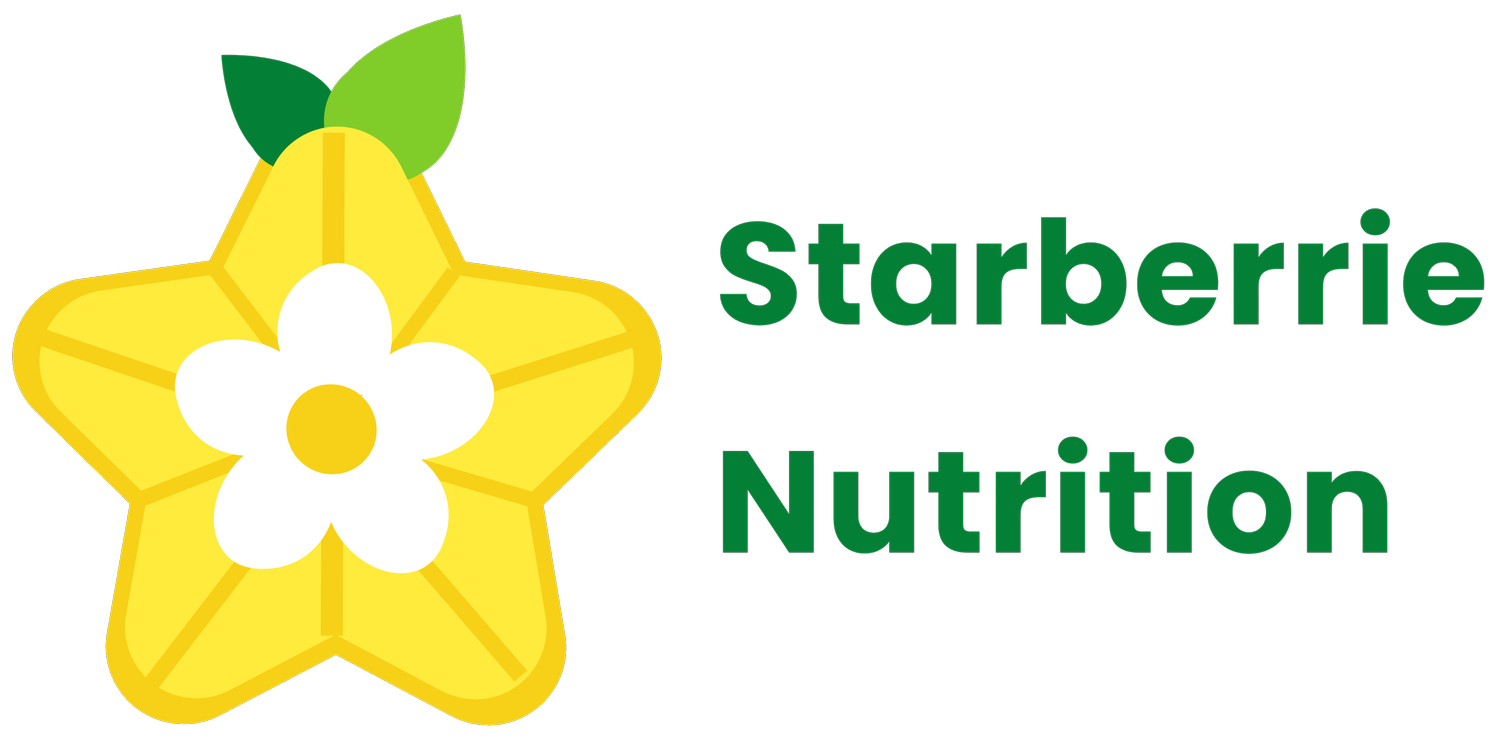Muscle Memory: can it help you gain your muscles back?
Is the whole “use it or lose it” saying true when it comes to muscles?
When your muscles start wasting away or losing muscle tissue, it is known as muscle atrophy and commonly occurs during periods of disuse, illness, and older age.
Starting an exercise routine does not mean you have to exercise every day. In fact, OVERexercising can be detrimental to those who struggle with their cortisol responses, so taking a few days off from exercising is actually good for you. Taking 1-3 days off allows time for your body to heal, recuperate, and replenish itself, which helps your overall fitness goals. RESTING is just as important as EXERCISING! In most cases, you won’t lose much strength if you take 3 to 4 weeks off (McMaster et al., 2013).
On the other hand, taking too long of a break means you’ll start to lose the muscle and cardio fitness you’ve gained.
However, not all hope is lost! A recent review stated that it is easier to regain muscle mass in previously trained + fit muscles than to build it up from scratch (Schwartz, 2019).
This is because when there is increased demand on muscles, satellite cells (the precursors to skeletal muscle cells), which are responsible for muscles being able to regenerate, will fuse together with muscle cells, combining their nuclei and paving a path for more muscle tissue to be made, essentially creating a save point. Once these nuclei are gained, research suggests they persist (aka they don't die off even when you stop working out) & could give older muscles an edge in regaining fitness when you start training later on.
In other words, it's like your muscles "remember" the last save point on your fitness journey & can continue building up from there. Cool, right?
PRIOR FITNESS LEVEL
Athletes/Active individuals: Someone who exercises 5-6x/wk for more than a year OR someone who exercises ~3x/wk but have been doing so for years, will be able to take a break from exercise and return to their former fitness levels more quickly than non-athletes would (Bruusgaard et al., 2010).
Non-athletes: Are just as capable of using their muscle memory from previous activities to get back to their former fitness level, especially when compared to the first time they started exercising. However, the recall may not be as quick if the exercise routine wasn’t very consistent.
At the end of the day, remember that your muscles are physiologically built to MOVE! Whether it’s lifting all your groceries in one trip, gardening, taking stairs instead of the elevator, or walking your dog around your house, something is better than nothing at all.
-
Bruusgaard, J. C., Johansen, I. B., Egner, I. M., Rana, Z. A., & Gundersen, K. (2010). Myonuclei acquired by overload exercise precede hypertrophy and are not lost on detraining. Proceedings of the National Academy of Sciences of the United States of America, 107(34), 15111–15116. https://doi.org/10.1073/pnas.0913935107
McMaster, D. T., Gill, N., Cronin, J., & McGuigan, M. (2013). The development, retention and decay rates of strength and power in elite rugby union, rugby league and American football: a systematic review. Sports medicine (Auckland, N.Z.), 43(5), 367–384. https://doi.org/10.1007/s40279-013-0031-3
Schwartz L. M. (2019). Skeletal Muscles Do Not Undergo Apoptosis During Either Atrophy or Programmed Cell Death-Revisiting the Myonuclear Domain Hypothesis. Frontiers in physiology, 9, 1887. https://doi.org/10.3389/fphys.2018.01887

